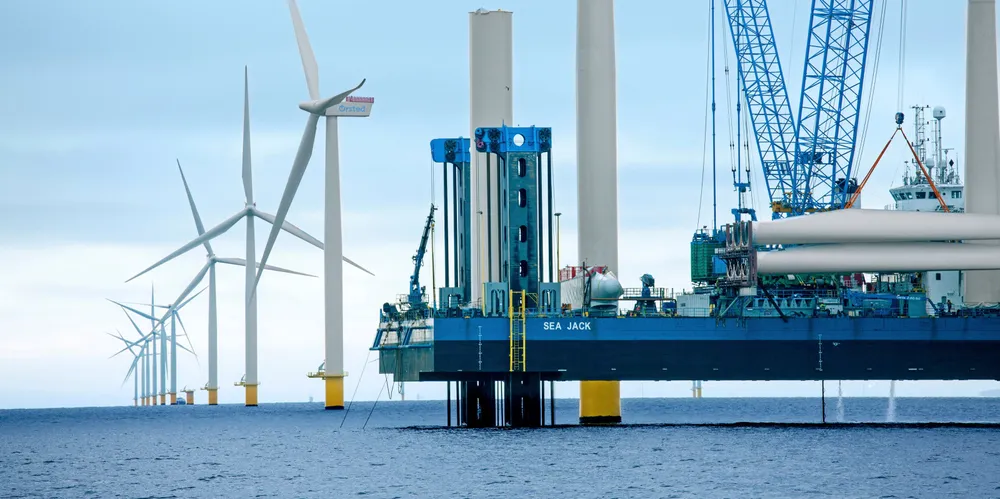Under-performance and curtailment loss of Danish wind turbines adds up to $280m
Nordic country lost 7.85TWh of wind power output from 1978 to 2020 analysts from Philip Totaro’s IntelStor find

Denmark has seen total loss of 7.85 terawatt hours of wind power production through a mixture of curtailments, faults and failures as well as age-related performance degradation from 1978 to 2020, renewable energy analyst company IntelStor said.
That has led to DKr2.1bn ($278m) in cumulated revenue losses, the analyst firm founded by Philip Totaro calculated in a research note, based on power purchase contract prices as well as average annual settlement rates for remaining assets not under contract.
The analysis of the efficiency of wind power using audited monthly production data from the Danish Energy Agency showed that of the 9,700-plus onshore and offshore wind turbines deployed in the country, Siemens Gamesa has a 24.07% lifetime average capacity factor for both decommissioned and operational onshore machines.
The average includes turbines ranging from the 10.7% capacity factor for older Bonus models (the company was later bought by Siemens Gamesa) to 49.6% for the SWT-2.3-113 model.
Rival Vestas has a 22.45% lifetime average capacity factor - ranging from 8.59% for legacy units up to 48.6% for the V116 2.0.
Performance was higher in offshore, where Siemens Gamesa led with a lifetime average capacity factor of 43.64%, ranging from 25.27% for the Bonus B76 units at (the now decommissioned Middelgrunden) up to 48.87% for the SWT-3.6-120 models at Anholt.
Vestas reached an offshore lifetime average capacity factor of 40.8%, with a range from 30.94% for the V39/500 units at Tunø Knob up to the V164 8.0 units at Horns Rev 3.
The analysis showed age-related performance degradation due to factors such as wear and tear of more than 10% in life-time average annual energy output after about 15.43 years for the entire onshore wind installed base, and after about 17.54 years in offshore.
Repowering often cheaper than life time extension
At OEM Nordex, which only produces onshore turbines, performance degradation only kicked in after an average of 19 years, compared to after 16 years at Vestas, and after 15.3 years at Siemens Gamesa.
“Taken in context with the capacity factor analysis, this indicates that SGRE operates at a higher level of performance, but with a shorter life-span compared to Vestas,” the analysis said.
As most of the drop-offs in performance occur only two to three years before decommissioning, repowering may end up being less expensive than life time extension, IntelStor said, particularly if a power purchase contract can be renegotiated or the incentive regime has been modified.
“However, the exceptions to this rule come in the form of approximately 8% of the installed base which has suffered from a permanent degradation in annual production performance from the average in the first 5 – 25 years of operation, but the asset continues to operate at a degraded level for a full lifespan which is between 20 – 40 years,” the note said.
(Copyright)